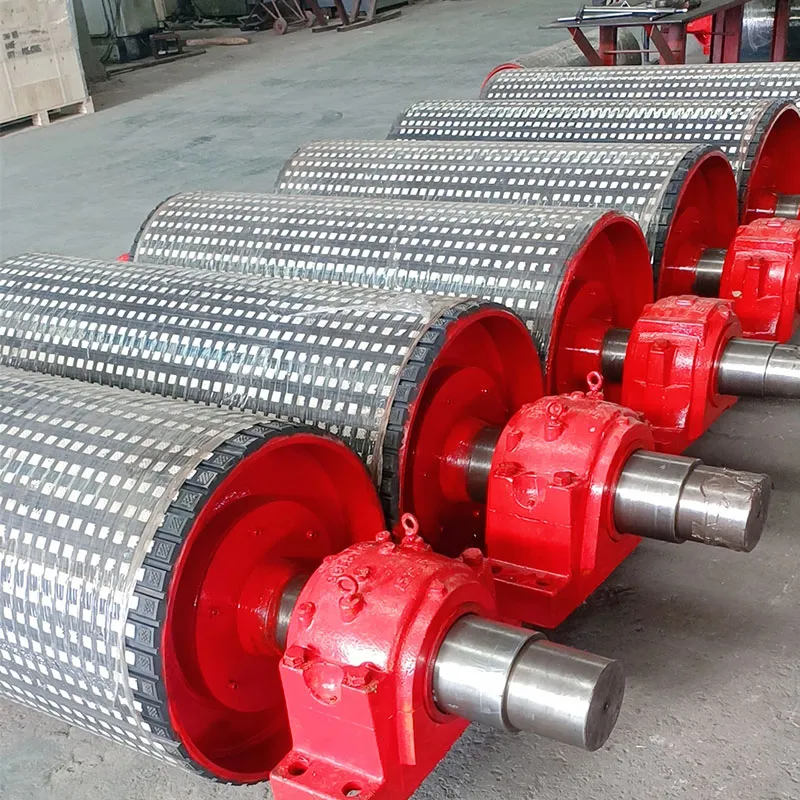 Afrikaans
Afrikaans  Albanian
Albanian  Amharic
Amharic  Arabic
Arabic  Armenian
Armenian  Azerbaijani
Azerbaijani  Basque
Basque  Belarusian
Belarusian  Bengali
Bengali  Bosnian
Bosnian  Bulgarian
Bulgarian  Catalan
Catalan  Cebuano
Cebuano  Corsican
Corsican  Croatian
Croatian  Czech
Czech  Danish
Danish  Dutch
Dutch  English
English  Esperanto
Esperanto  Estonian
Estonian  Finnish
Finnish  French
French  Frisian
Frisian  Galician
Galician  Georgian
Georgian  German
German  Greek
Greek  Gujarati
Gujarati  Haitian Creole
Haitian Creole  hausa
hausa  hawaiian
hawaiian  Hebrew
Hebrew  Hindi
Hindi  Miao
Miao  Hungarian
Hungarian  Icelandic
Icelandic  igbo
igbo  Indonesian
Indonesian  irish
irish  Italian
Italian  Japanese
Japanese  Javanese
Javanese  Kannada
Kannada  kazakh
kazakh  Khmer
Khmer  Rwandese
Rwandese  Korean
Korean  Kurdish
Kurdish  Kyrgyz
Kyrgyz  Lao
Lao  Latin
Latin  Latvian
Latvian  Lithuanian
Lithuanian  Luxembourgish
Luxembourgish  Macedonian
Macedonian  Malgashi
Malgashi  Malay
Malay  Malayalam
Malayalam  Maltese
Maltese  Maori
Maori  Marathi
Marathi  Mongolian
Mongolian  Myanmar
Myanmar  Nepali
Nepali  Norwegian
Norwegian  Norwegian
Norwegian  Occitan
Occitan  Pashto
Pashto  Persian
Persian  Polish
Polish  Portuguese
Portuguese  Punjabi
Punjabi  Romanian
Romanian  Russian
Russian  Samoan
Samoan  Scottish Gaelic
Scottish Gaelic  Serbian
Serbian  Sesotho
Sesotho  Shona
Shona  Sindhi
Sindhi  Sinhala
Sinhala  Slovak
Slovak  Slovenian
Slovenian  Somali
Somali  Spanish
Spanish  Sundanese
Sundanese  Swahili
Swahili  Swedish
Swedish  Tagalog
Tagalog  Tajik
Tajik  Tamil
Tamil  Tatar
Tatar  Telugu
Telugu  Thai
Thai  Turkish
Turkish  Turkmen
Turkmen  Ukrainian
Ukrainian  Urdu
Urdu  Uighur
Uighur  Uzbek
Uzbek  Vietnamese
Vietnamese  Welsh
Welsh  Bantu
Bantu  Yiddish
Yiddish  Yoruba
Yoruba  Zulu
Zulu types of pulley in conveyor
Types of Pulleys in Conveyors
Pulleys are essential components in conveyor systems, which are widely used in various industries such as manufacturing, mining, and logistics. They play a crucial role in the efficiency and functionality of these systems. Understanding the different types of pulleys used in conveyors can provide insight into how they operate and their specific applications.
1. Drive Pulleys
Drive pulleys are perhaps the most critical type of pulley in a conveyor system. They are powered by motors and are responsible for moving the conveyor belt. The drive pulley engages with the belt through friction, allowing the system to transport materials from one point to another. These pulleys are designed to endure high levels of stress and are often made from robust materials like steel. Proper alignment and installation of drive pulleys are crucial to ensure optimal performance and longevity of the conveyor system.
2. Idler Pulleys
Idler pulleys support the conveyor belt and maintain its tension. Unlike drive pulleys, idler pulleys do not have power or drive capability; their primary purpose is to guide and stabilize the belt as it moves along the conveyor. Idler pulleys can be flat or crowned, depending on the design requirements of the conveyor. They help to reduce friction and wear on the belt, thus prolonging its lifespan. Using the right number and type of idlers can significantly impact the overall efficiency of the conveyor system.
types of pulley in conveyor

As the name suggests, return pulleys are located at the end of the conveyor system where the belt returns after delivering its load. These pulleys help to redirect the belt back to the drive pulley, creating a continuous loop. They also play a role in maintaining tension in the system, ensuring that the belt runs smoothly without sagging. Return pulleys should be designed to accept the weight of the loaded belt and maintain proper alignment to prevent operational issues.
4. Snub Pulleys
Snub pulleys are used to increase the contact between the drive pulley and the conveyor belt, enhancing friction and improving efficiency. They are placed close to the drive pulleys and help in controlling the angle of wrap, which is the amount of surface area of the drive pulley that is in contact with the belt. This additional contact increases the grip and, consequently, the efficiency of the motor driving the pulley system.
5. Tail Pulleys
Tail pulleys are located at the opposite end from the drive pulley and play a critical role in the overall stability of the conveyor system. They help to support the belt and prevent it from sagging at the end of the conveyor. Tail pulleys can also function to redirect the belt back to its original path, ensuring the smooth operation of the system.
Conclusion
In conclusion, the various types of pulleys in conveyor systems each serve a distinct purpose that contributes to the functionality and efficiency of material handling processes. By understanding the roles of drive, idler, return, snub, and tail pulleys, businesses can make informed decisions regarding the design and maintenance of their conveyor systems. Selecting the appropriate type of pulley for a specific application can lead to improved performance, reduced downtime, and overall cost savings in operations.





























